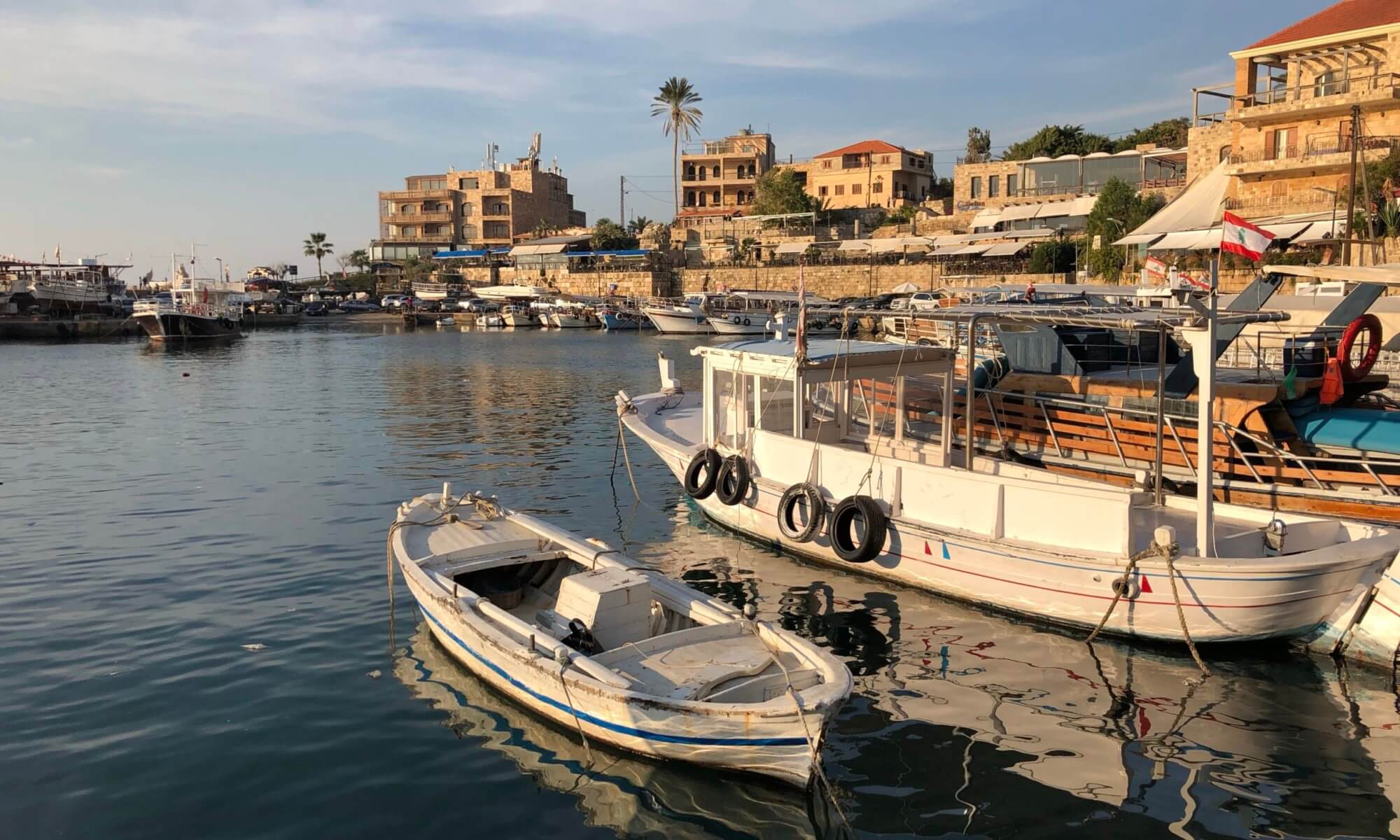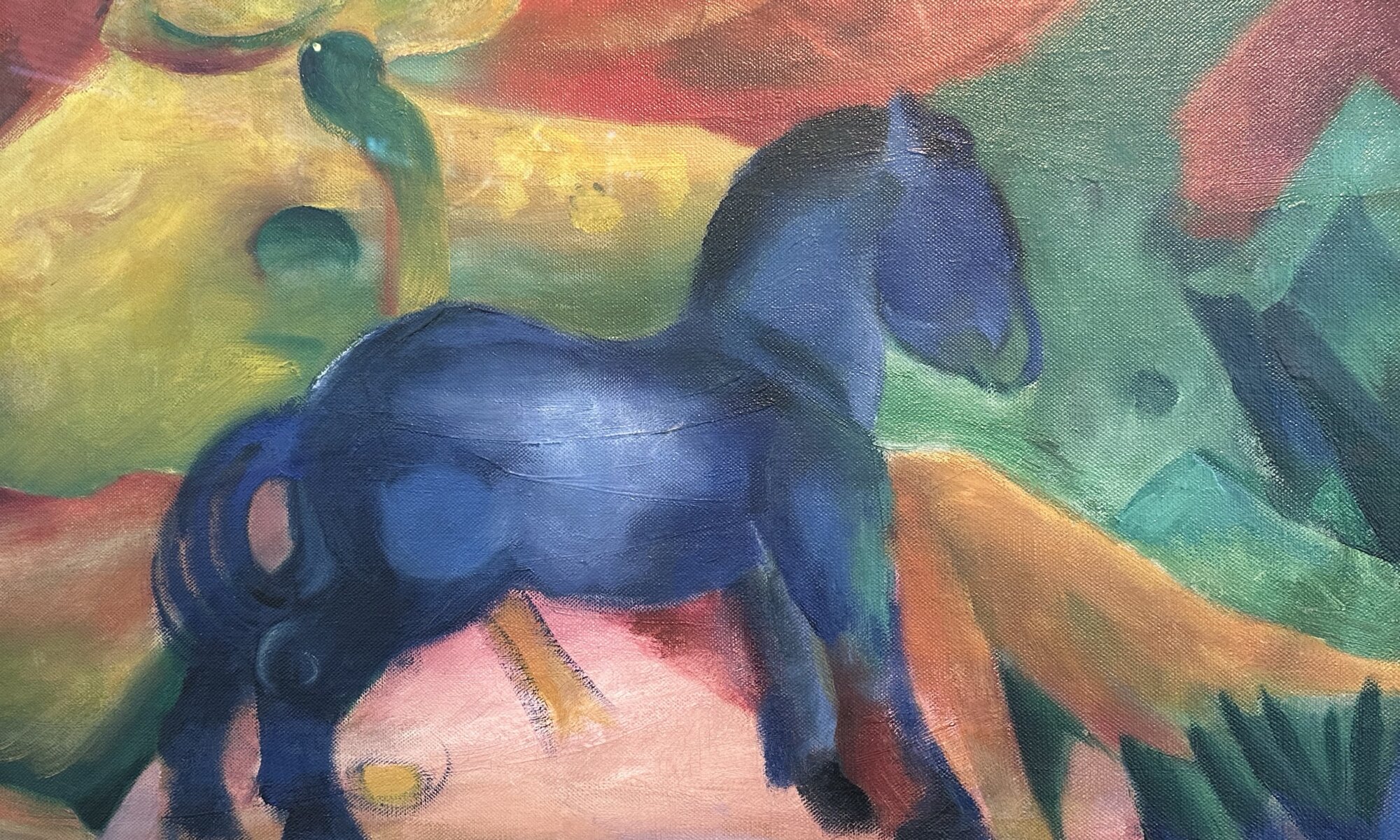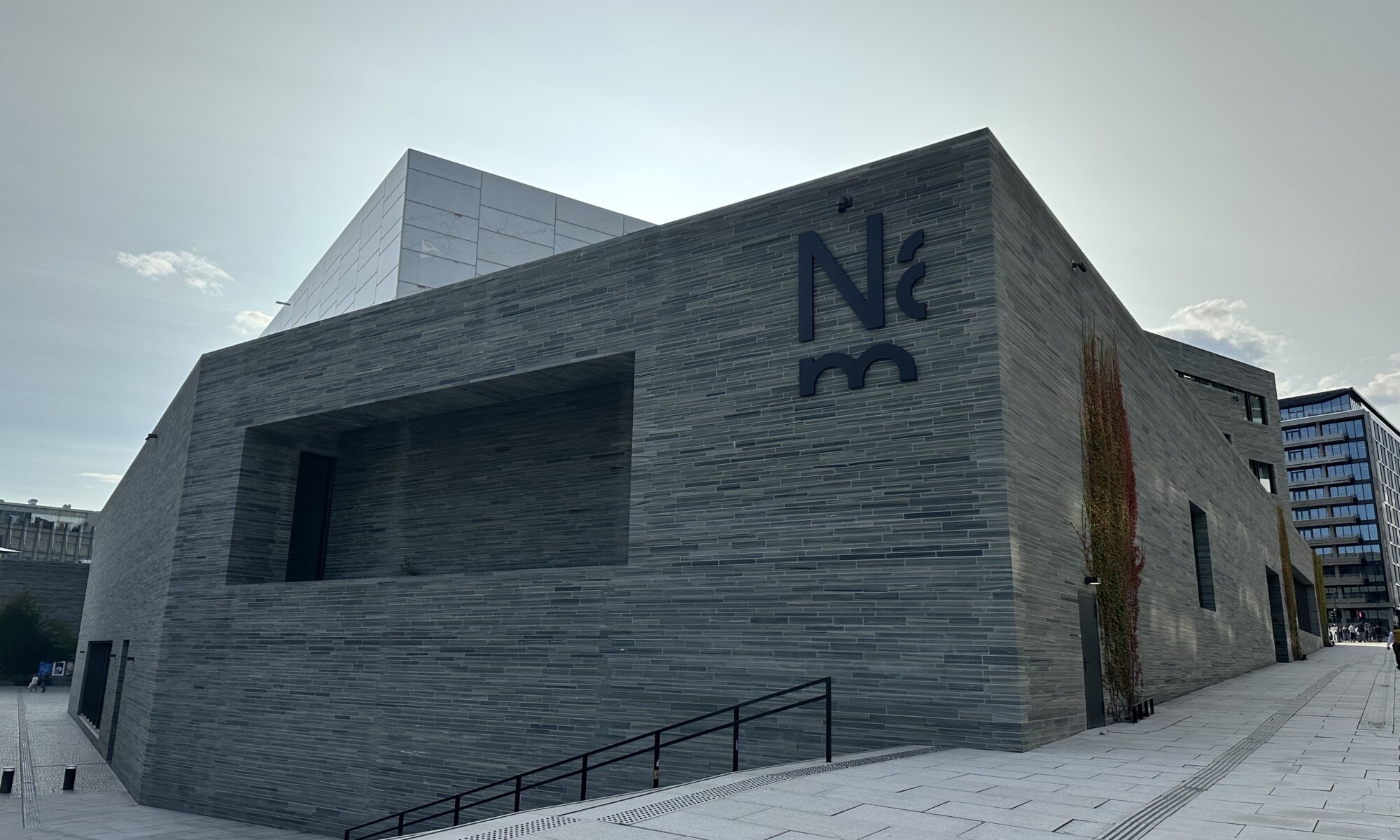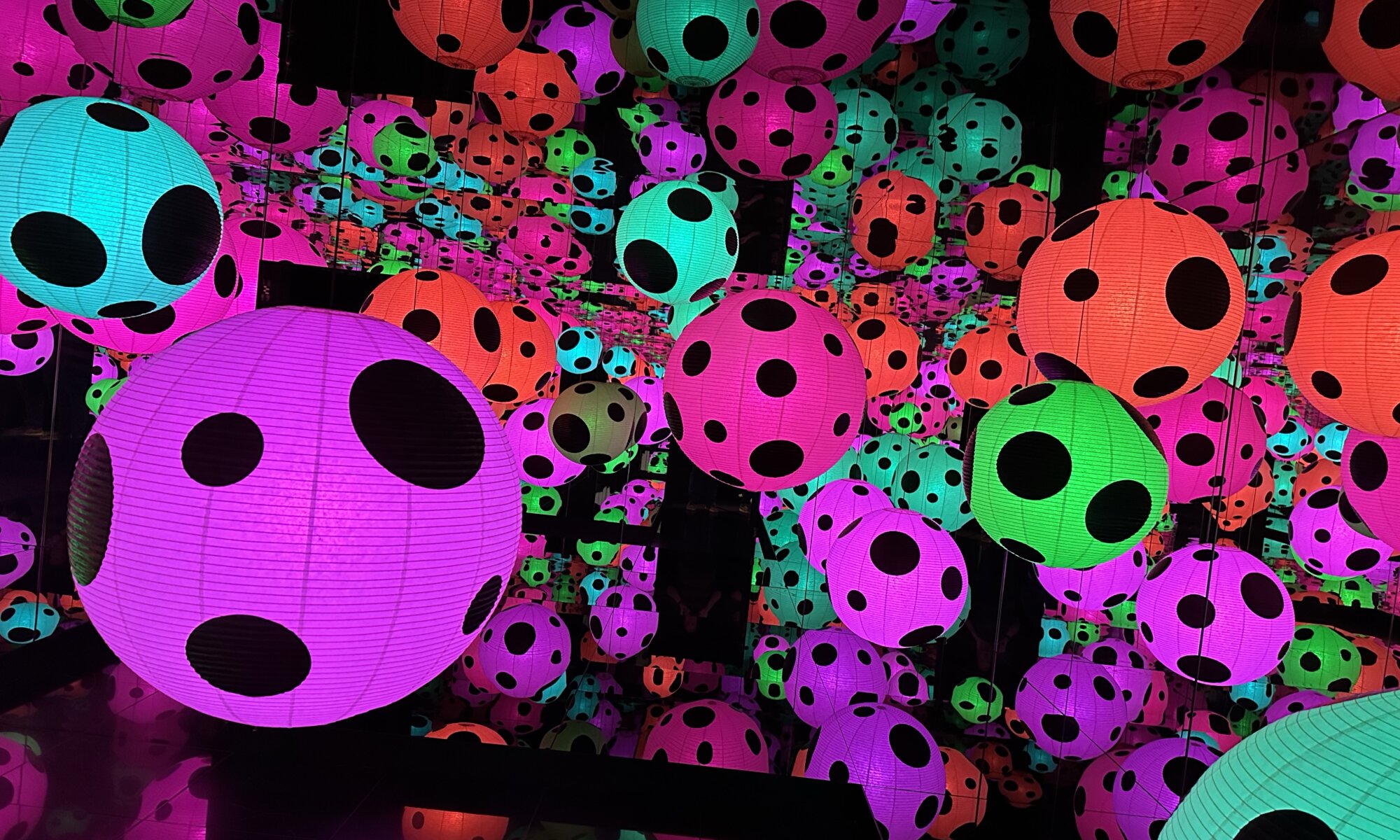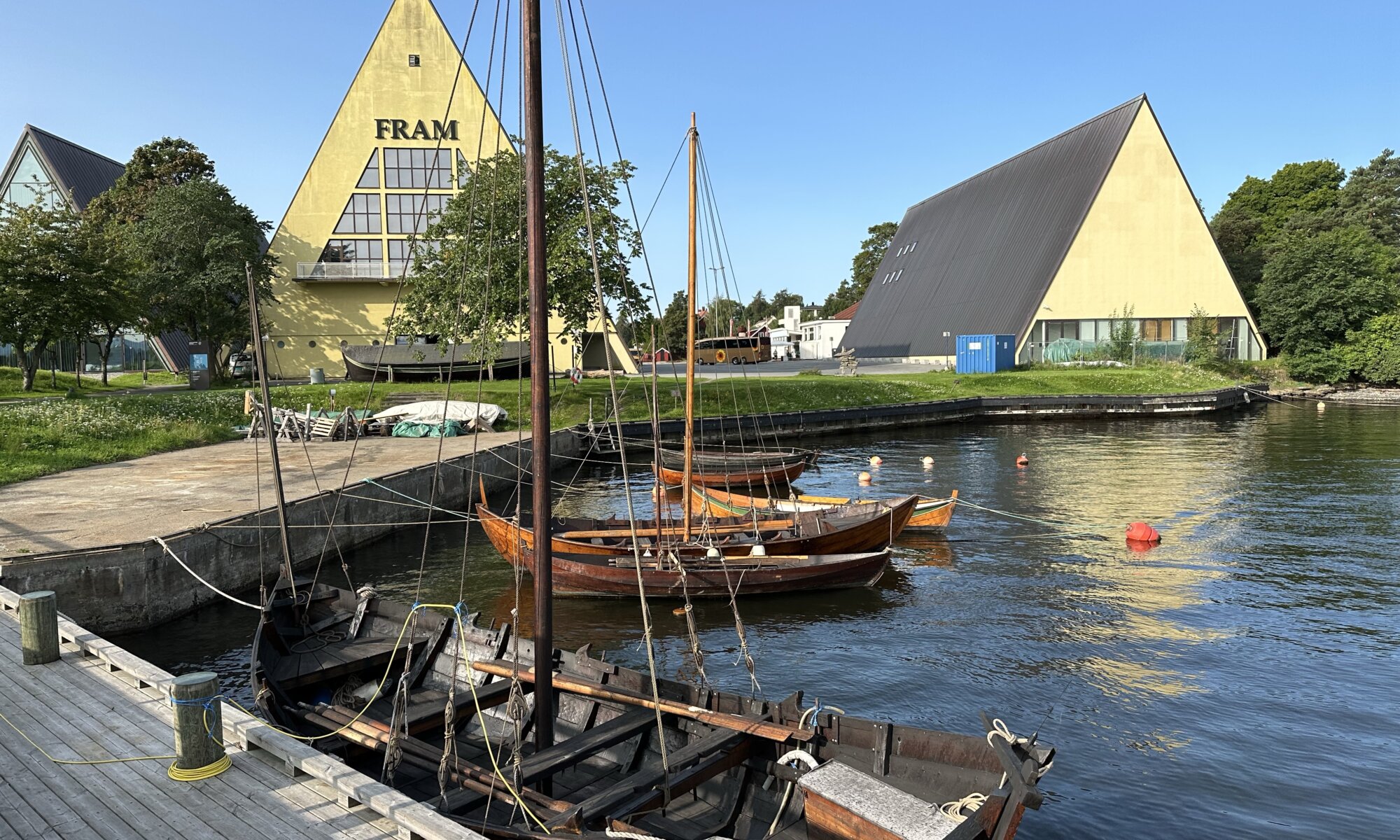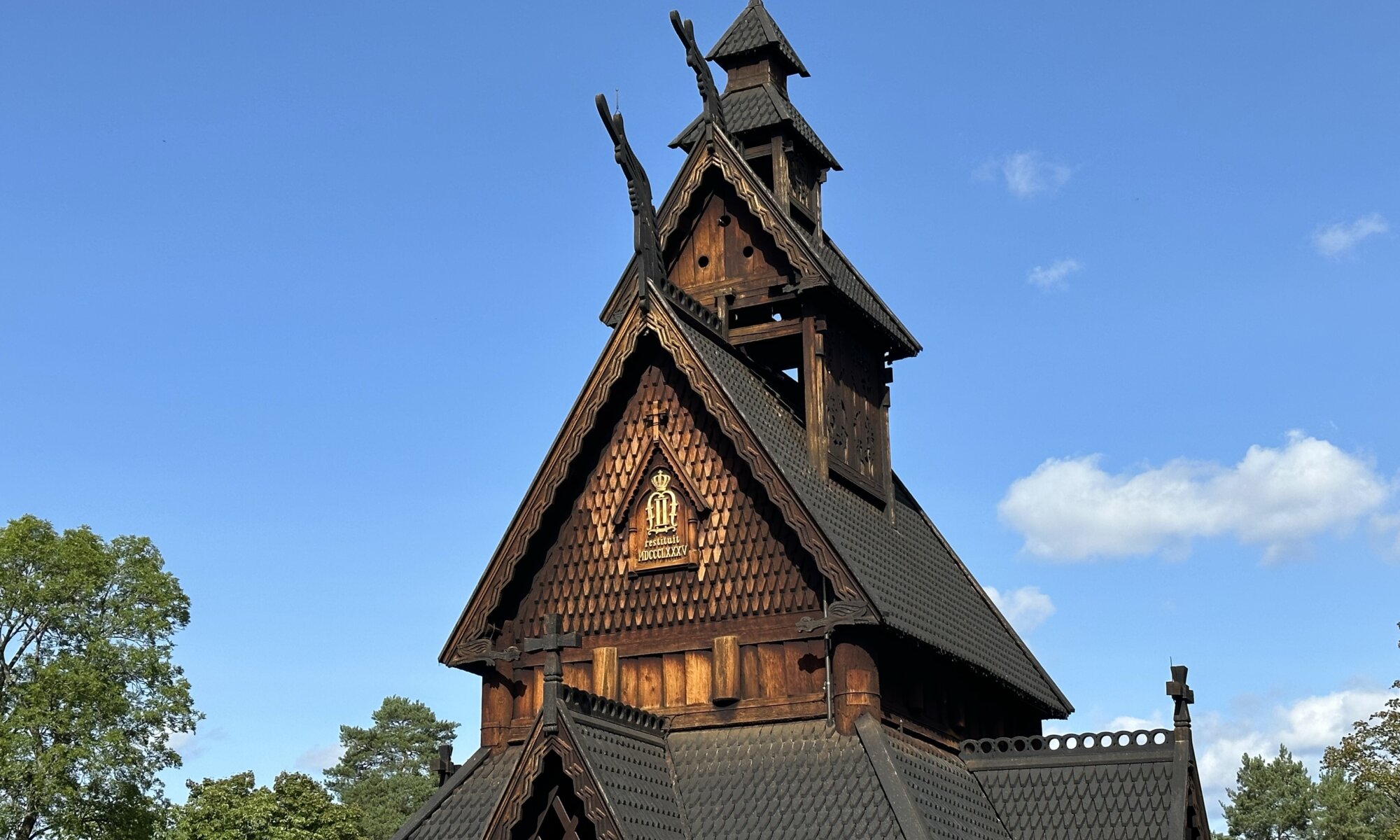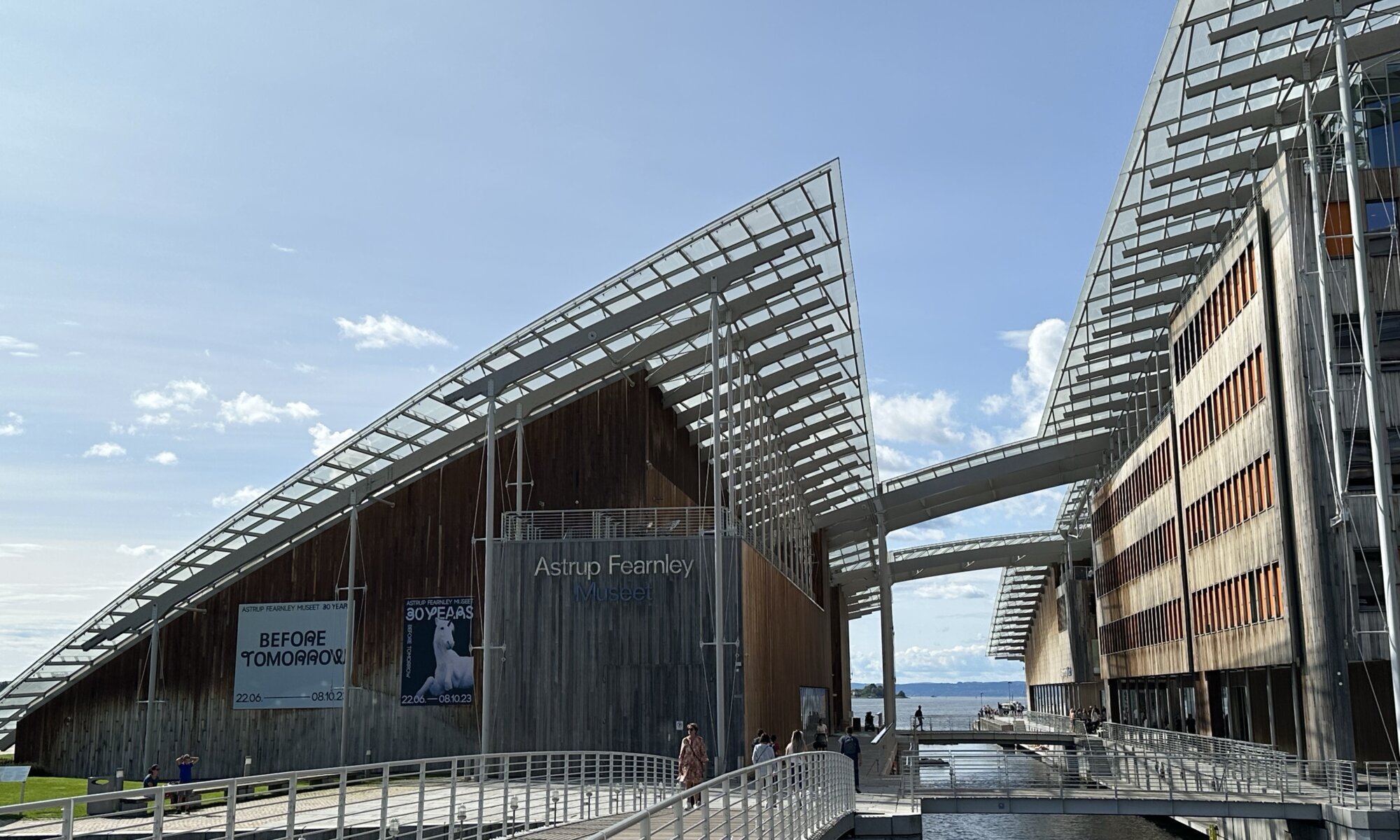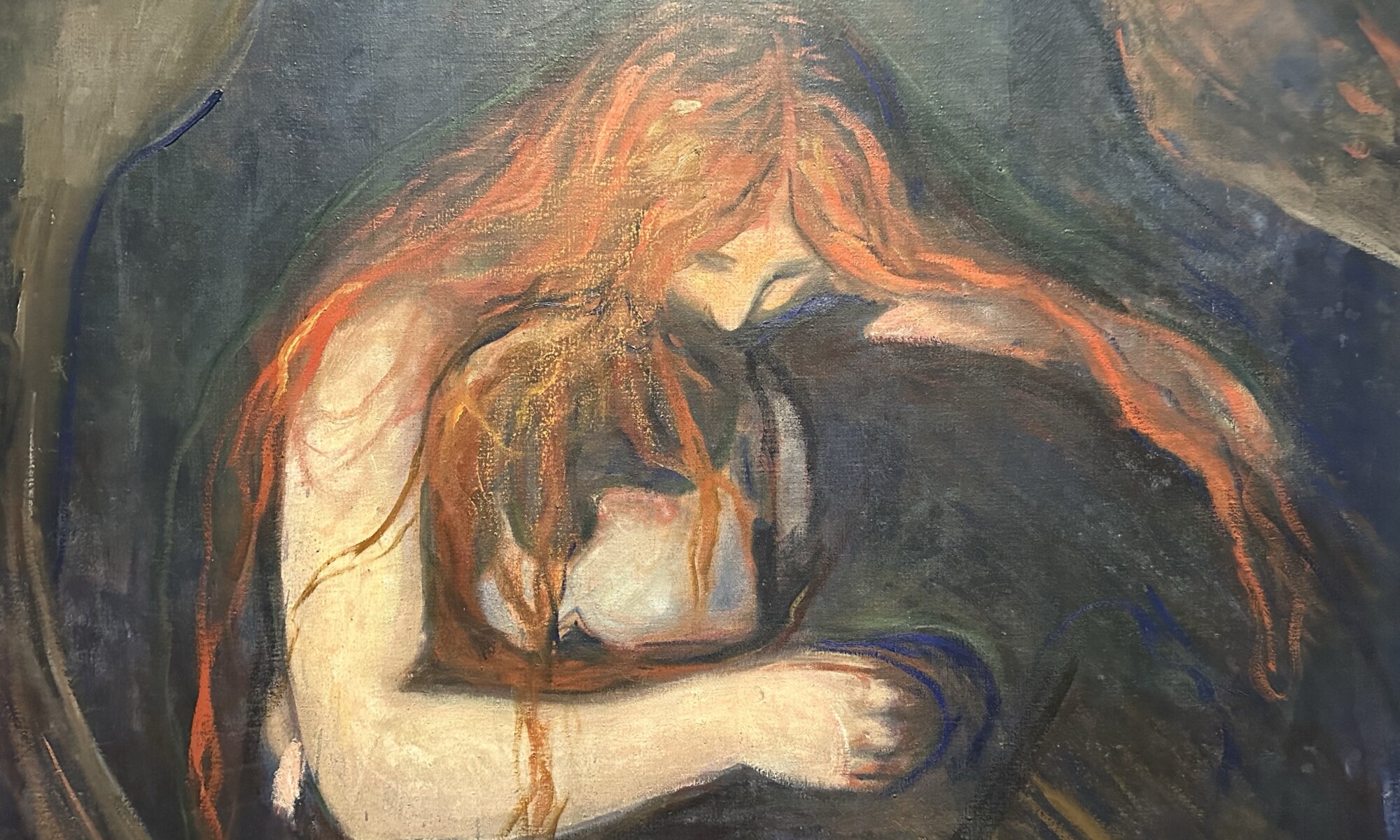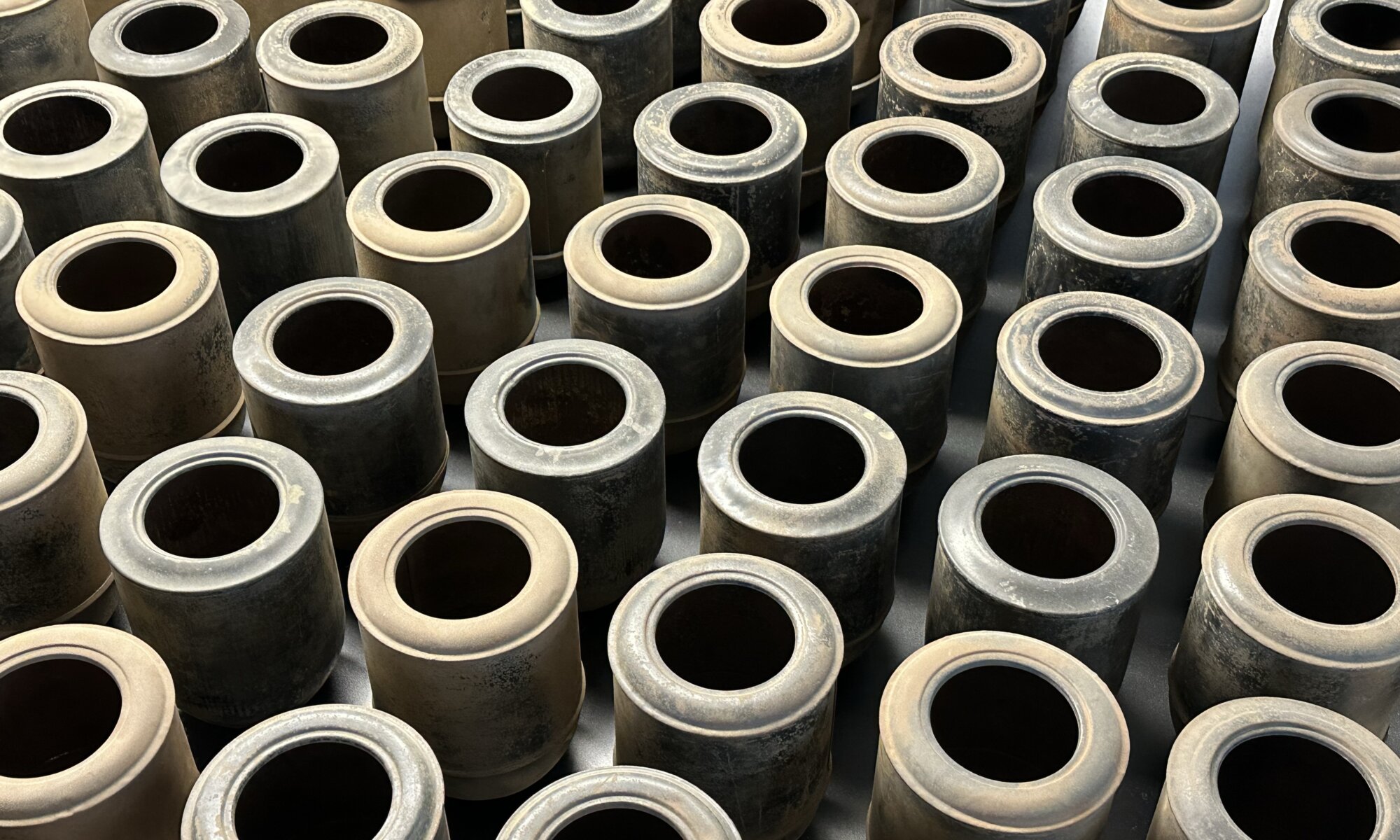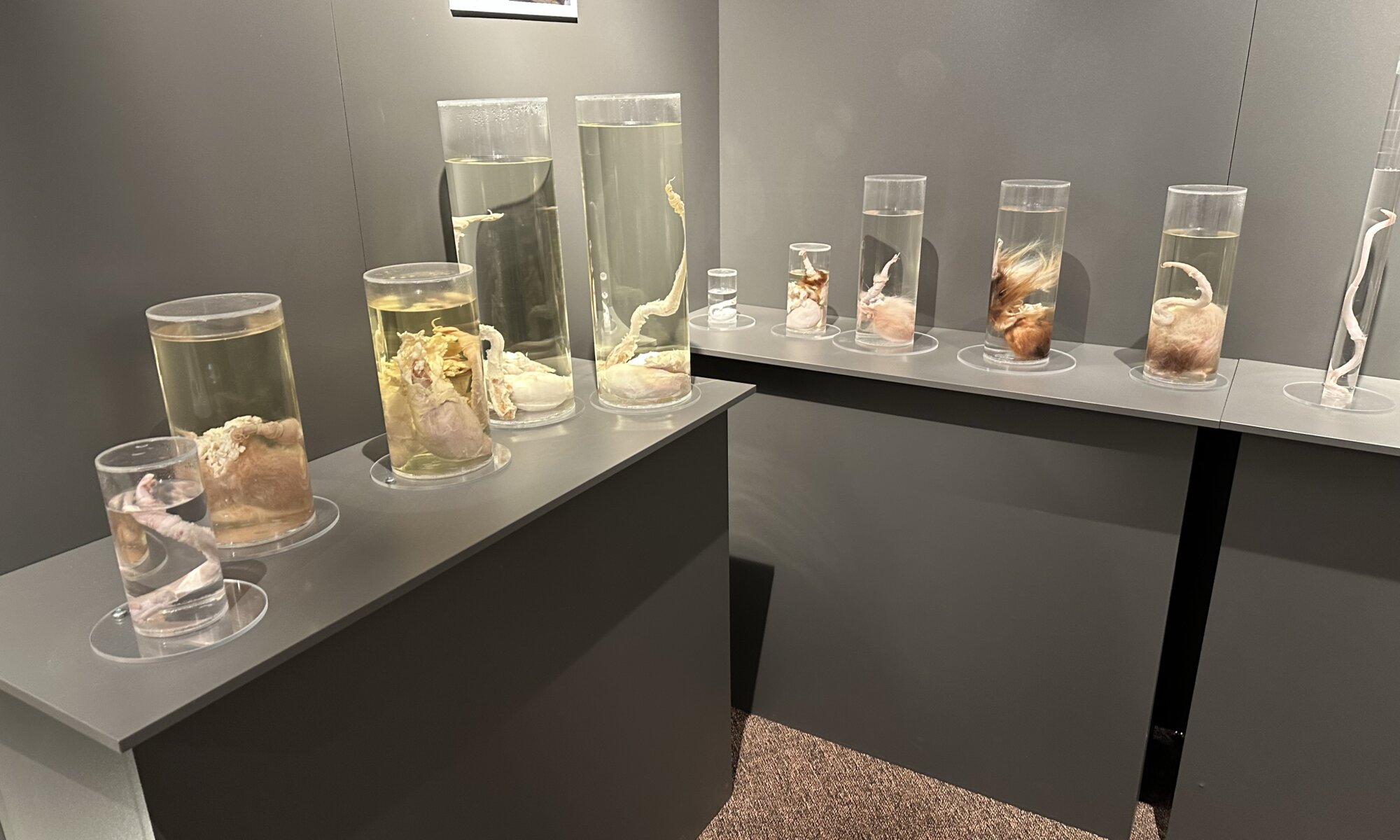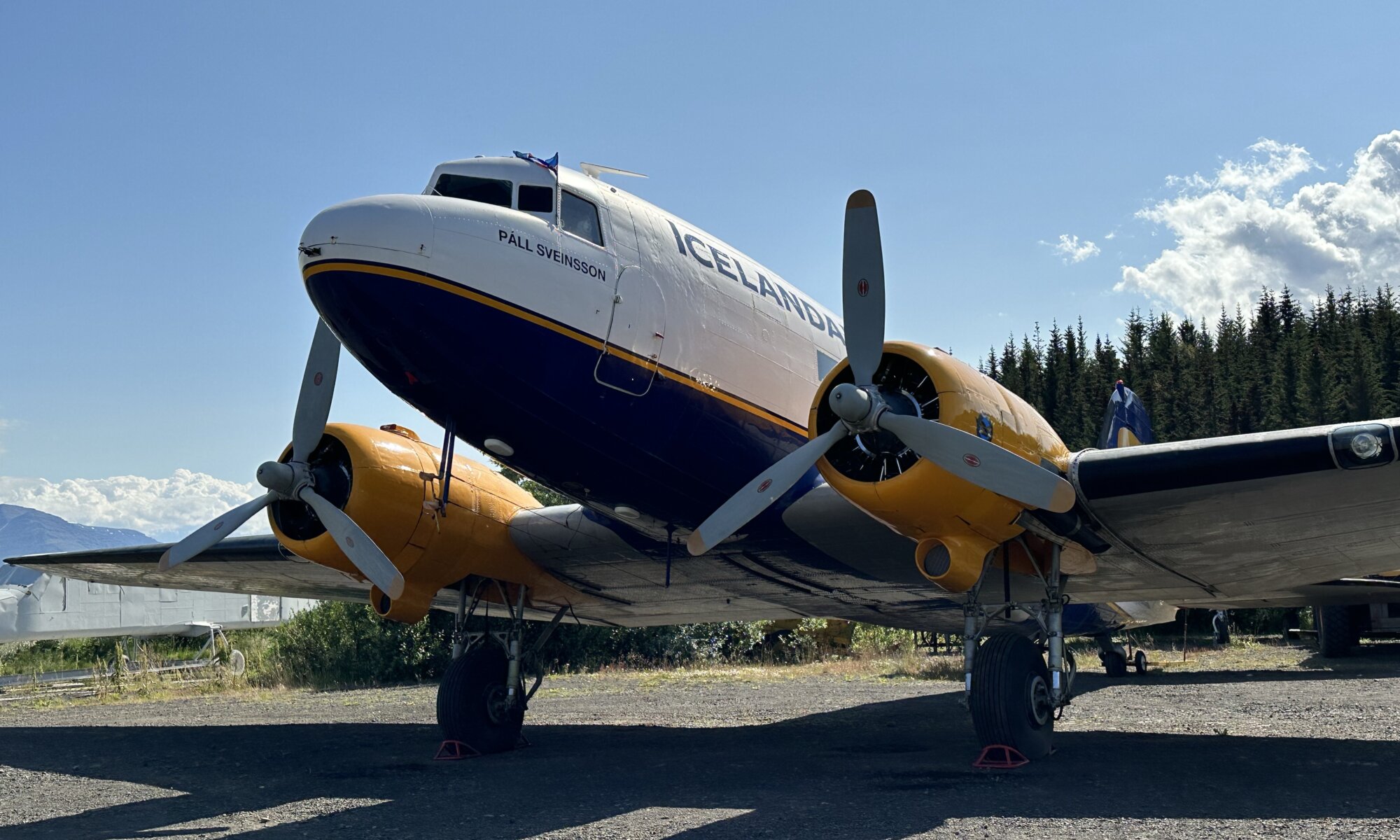Franz Marc is the most important German painter working in Expressionism style. His best known works do focus on animals and especially on horses: the Blaues Pferd I can be found at the Städtische Galerie im Lenbachhaus at München, his Turm der blauen Pferde is considered lost since 1945 (after being confiscated as Entartete Kunst by the Nazis and taken by Hermann Göring). But there is another painting showing a blue horse, a cute one: Kleines Blaues Pferdchen has been painted by Franz Marc for Walter, the son of befriended painter August Macke.
Continue reading “Little Blue Horse”Nasjonalmuseet
Close to the Rådhuset of Oslo and next to the Nobel peace price center you can find the wonderful building of the Nasjonalmuseet for kunst, arkitektur og design. A combination of different collections formed in 2003 and exhibited in a brand new museum building opened in 2022. You can learn about Norwegian design and architecture, but most people will go there for the massive collection of paintings by Norwegian and international artists (the Nasjonalgalleriet). It includes works of artists like Matisse, Picasso, van Gogh and Monet.
Continue reading “Nasjonalmuseet”Kunstsenter
To reach the Henie Onstad Kunstsenter (HOK) you need to leave Oslo and and travel ten kilometres to the city of Høvikodden – an easy travel by bus #160 that you shouldn’t avoid. In a building with great views on the fjord changing exhibitions and art performances take place. The museum was opened in 1968 by shipping company owner Niels Onstad and his wife, Olympic champion Sonja Henie. The collection focusses on modern art and exhibits works of artists like Joseph Beuys or Christo; but the 4,000 works large collection also includes works by Henri Matisse and Pablo Picasso.
Continue reading “Kunstsenter”Seafaring island
Norway and Oslo are for sure connected to seafaring. But you don’t need to only think about the Vikings: there have also been polar expeditions starting from there and other crazy adventures with Norwegian participation took place. To learn about this part of Norwegian history you should visit the museum half-peninsula Bygdøy: it hosts three museums in one place; the Frammuseet, Kon-Tiki Museum and the Norsk Maritimt Museum.
Continue reading “Seafaring island”Stave church
Norwegian stave churches are awesome: multi-level wooden, medieval churches; highly decorated and realized in a special ‘post and lintel’ structure. You can find them throughout Norway and there are only two ones outside the country: one in Hedared, Sweden and one which was moved to Karpacz, Poland. If you want to discover one at Oslo, you should visit the Folkemuseet on Bygdøy island. It is an open-air museum exhibiting buildings from all regions of Norway. The stave church there was relocated from Gol in the Viken province of Norway.
Continue reading “Stave church”Astrup Fearnley
The Astrup Fearnley Museum of Modern Art is a must-see at Oslo for architecture lovers as well as for fans of contemporary art. But even if you would only love to enjoy great views on the neighboring Aker brygge neighborhood, have lunch at the museum restaurant or swim in the fjord at the beach in front of the museum – it is only a short walk from the city center and very worth to be done. The museum was founded in 1993 financed by the descendants of the Fearnley shipping family. The current building at the shore was opened in 2021.
Continue reading “Astrup Fearnley”Munch
Edvard Munch was a famous Norwegian painter, maybe the most important of all times. He was born in 1863 and died in 1944 at Oslo, the city he had already grown-up at. His work focusses on humans and their emotions, the maybe best-know painting is Skrik (or The Scream). It was painted in 1893 and four versions exist: two in paint, two in pastels. One of these four is privately owned, but the other three can all be seen at Oslo: one at the Nasjonalmuseet, two of them at the fantastic Munchmuseet directly next to the Operahuset. They are a real attraction for the city and people squeeze in front of them in large crowds.
Continue reading “Munch”Stets gern für Sie beschäftigt
During Nazi times many Germans became guilty by working for or collaborating with the regime. But where does personal responsibility begin? That is a question that becomes evident when visiting the Erinnerungsort Topf & Söhne at Erfurt. It is located in the administrative building of a factory founded in 1878 by Johann Andreas Topf. It produced brewery machines, ventilation systems and ovens.
Continue reading “Stets gern für Sie beschäftigt”Phalluses
Don’t call it a penis museum. Yes, it contains a very large phallological collection and the museum doesn’t take itself too serious – but the museum has a scientific background and is not like this special museum at Amsterdam visited by giggling teens. The museum presents 284 phalluses and aims to have one from every mammal living on Iceland. They’re struggling a bit with conserving a human one in good shape, but they’ll probably solve this issue.
Continue reading “Phalluses”Icelandic Aviation Museum
Aviation is a necessity on Iceland, not only to reach the island itself but also for being able to reach all the different regions. You’ll be surprised how many small regional airports you can discover there. Therefore it is no surprise that there is a nice aviation museum and it is directly located next to the airport of Akureyri. That also gives you the nice opportunity to have a look on the airfield and to observe the most often tiny planes starting and landing.
Continue reading “Icelandic Aviation Museum”